Random Free Articles
- Shaolin Ying Qigong
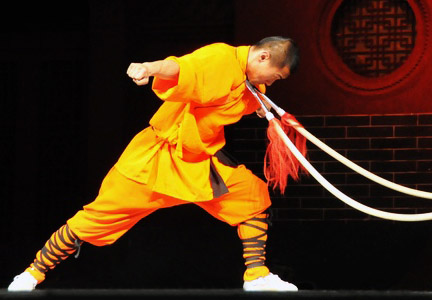
Shaolin Ying Qigong or Hard Qigong as it is referred to in English, is a Shaolin Martial Art art and has been around for many hundreds of years. It was originally used to train the body to withstand strong blows and attacks in the days when there were no guns but only the traditional Chinese weapons of spears, broadswords and knives. Qigong has both extensive and profound knowledge of the cultivation of the human body. Shaolin Ying Qigong can…
- Traditional Greeting
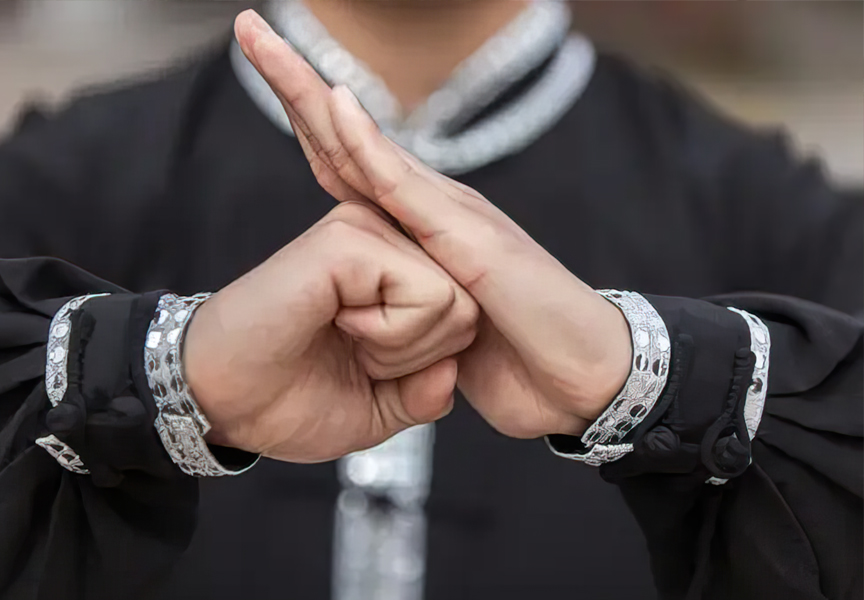
The Art of Respect Chinese martial arts, deeply rooted in a rich history and philosophy, extend beyond physical prowess and combat techniques. A fundamental aspect of this ancient practice is the etiquette and rituals that accompany it. One such tradition is the traditional salute, a symbolic gesture known as Fist Covering Greeting [Chin.: bàoquánlǐ 抱拳禮], Presentation of Respects [Chin.: gǒngshǒulǐ 拱手禮], or simply Salute…
- Body Flexibility in Martial Arts
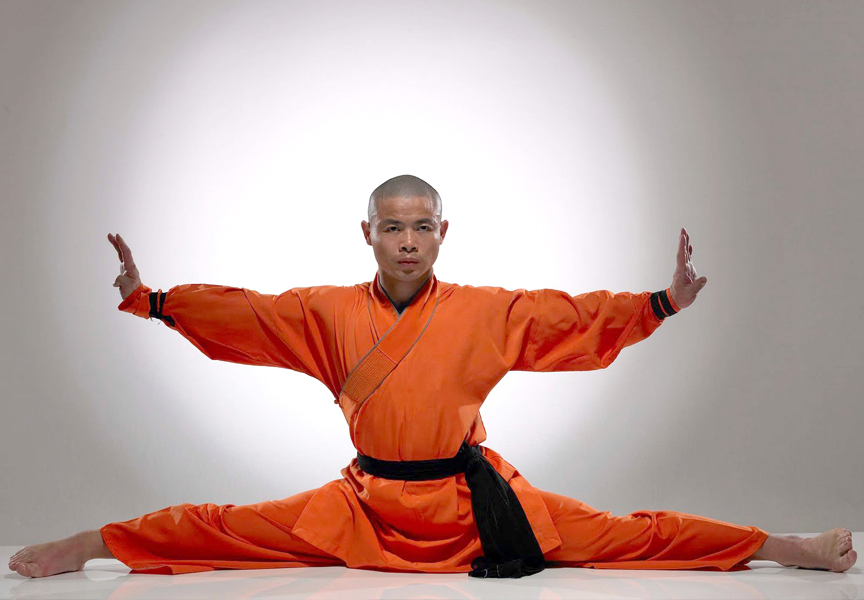
Martial arts, with its rich history and diverse forms, is not just about mastering kicks, punches, and self-defense techniques. It also requires an incredible degree of body flexibility. Flexibility is a crucial aspect of martial arts, as it not only enhances one's performance but also helps in preventing injuries. In this article, we will explore the significance of body flexibility in martial arts, its various types, and the benefits it…
- The Lethal Phoenix Eye Fist
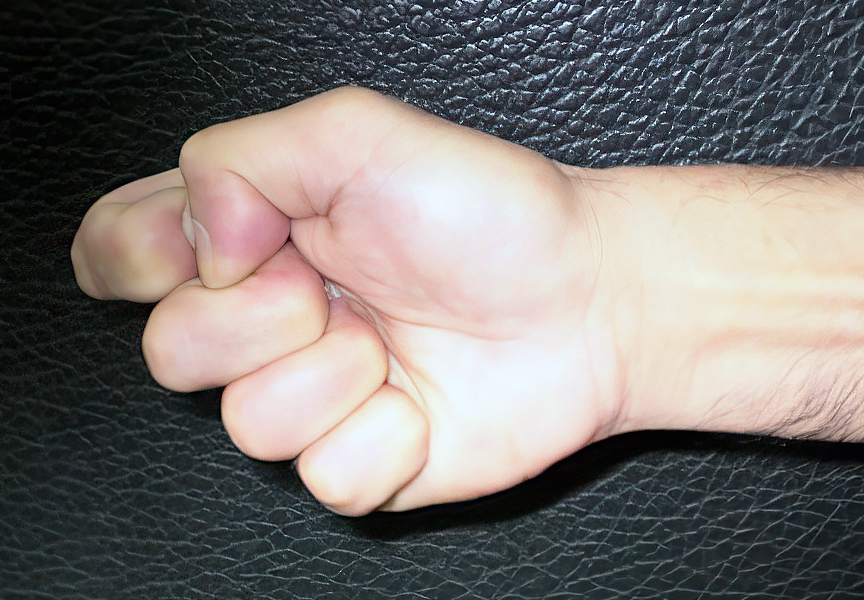
In the world of martial arts, where every move carries significance, there exists a technique that epitomizes precision and concentrated force: the Phoenix Eye Fist [Chin.: Fèng yǎn quán 凤眼拳]. Unlike conventional strikes that disperse energy across multiple points of contact, the Phoenix Eye Fist channels the entirety of its power into a singular focal point, amplifying the damage inflicted to unprecedented levels. Imagine the force…
- Embracing the Warrior Within
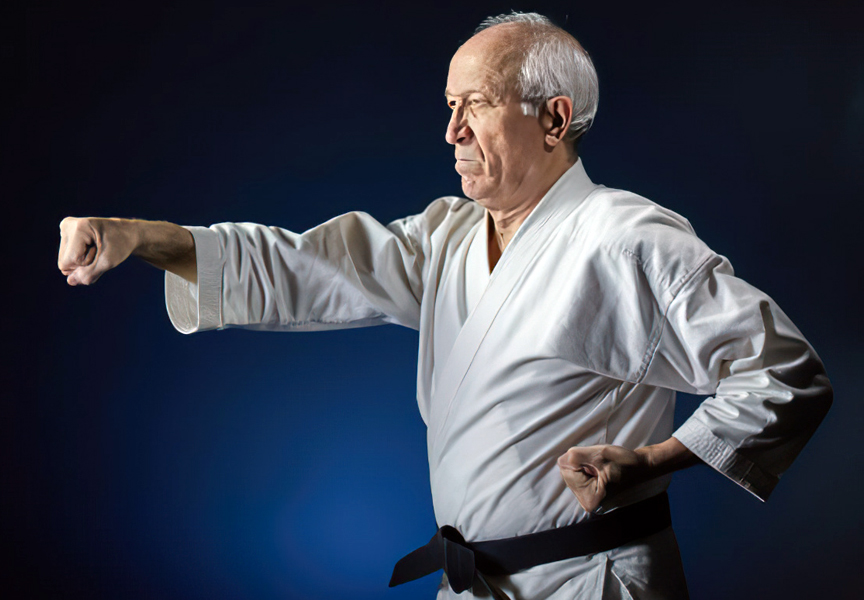
It's Never Too Late to Start a Martial Art Life is a journey filled with twists, turns, and missed opportunities. Many of us carry a list of things we always wanted to do when we were young but never quite got around to. Among these unfulfilled dreams, a common confession echoes: the desire to engage in the disciplined and empowering world of martial arts. The good news is, it's never too late to embark on this transformative…

